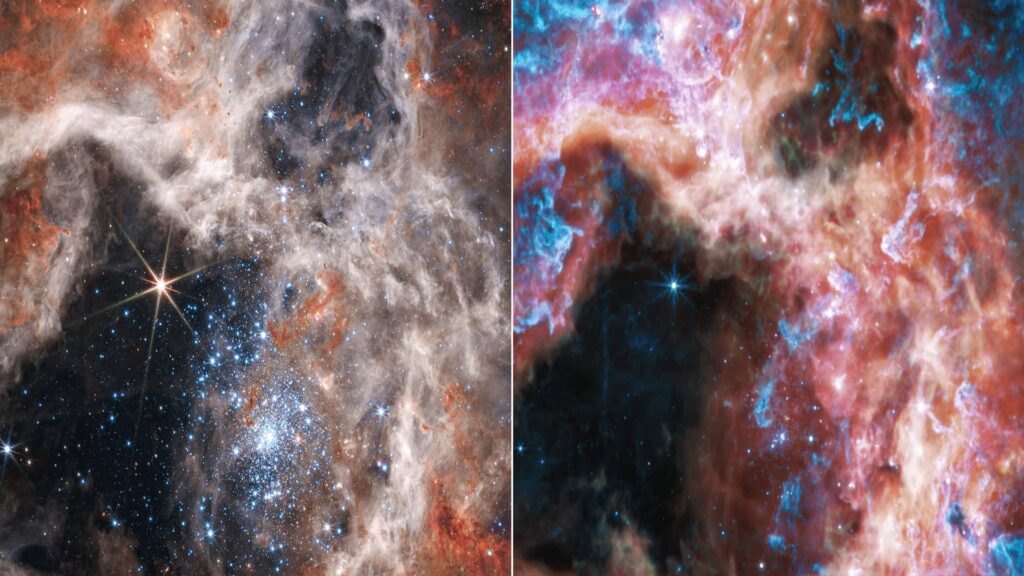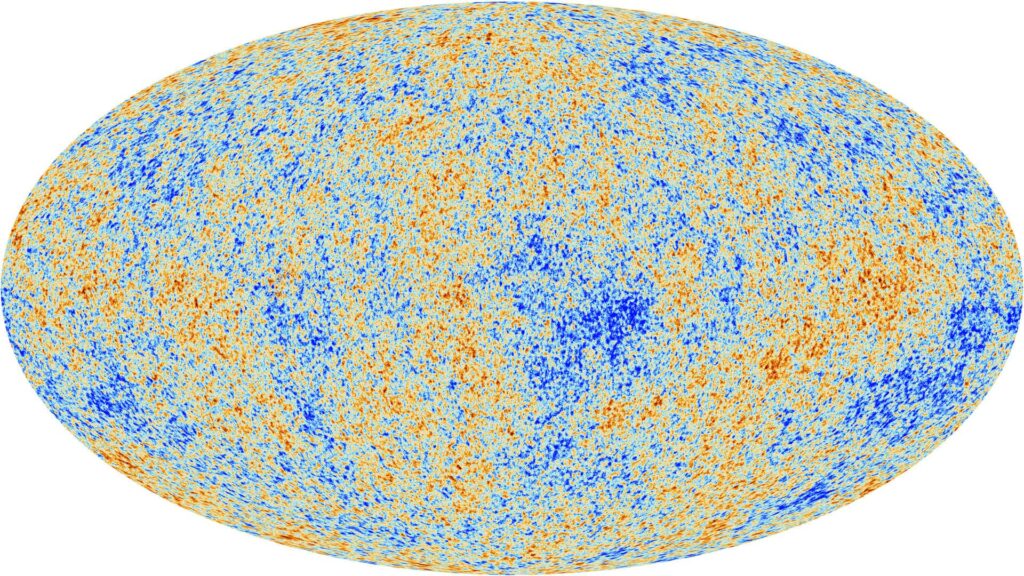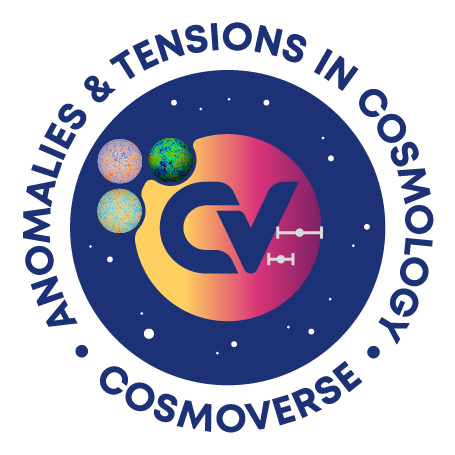WG1 Observational Cosmology and systematics

Description
Observational anomalies of the standard cosmological model can provide new hints for theoretical exploration of physics behind the cosmic acceleration and dark matter. It is arguably the main driving force of modern observational cosmology. However, big opportunities come together with big risks. Cosmological measurements are gradually becoming more susceptible to a wide range of systematic effects. The error budget of many future measurements will be dominated by systematic errors. In this situation, anomalous signals or tensions between different data sets may occur as a result of hidden or incompletely included systematic effects. Objective and accurate tools for differentiating between genuine cosmological anomalies and systematic effects will be central to ongoing and upcoming cosmological analyses.
The nature and magnitude of systematic effects vary substantially across cosmological data sets and methodologies employed to analyse the data.
Combining and cross-correlating different cosmological probes has been long used to increase the constraining power primarily by means of breaking degeneracies between cosmological parameters. However, comparing complementary cosmological probes, different observations probing the same cosmological signal can be also used to understand and control underlying systematic effects. Many analyses of this sort have been already carried out in the context of testing the Hubble constant and sigma_8 tensions. This approach will be particularly important in the analysis of observations from upcoming “all sky” surveys designed to constrain cosmology from large scale structure. With large overlaps between different surveys, we can probe the same structures using different data and therefore attribute any differences to systematic effects.
Main objective
The main goal of the working group is to develop strategies for testing plausible observational anomalies of the standard cosmological model against systematic effects. We will do this by fostering cross-disciplinary collaborations with dedicated conferences and workshops.
This synergy between different fields of observational cosmology and scientific consortia associated with different surveys is the key to share expertise, knowledge and methodologies necessary to understand the data and use them in actual cosmological analyses.
Some workshops may also include hands-on sessions aimed at generating tangible results based on novel analyses of the existing or simulated data.
WG2
Data Analysis in Cosmology

Description
To test new and old cosmological models we need not only new data but also new methods to deal with them effectively.
Presently, cosmological models are largely tested by using well-established statistical methods. However, the present development of astronomical observations will lead in the very near future to datasets of sizes so huge that manual intervention and traditional methods of analysis will be only possible in highly exceptional circumstances. This challenge can be addressed by the machine learning (ML) and artificial intelligence techniques, and by adopting them for use in cosmology. This will allow for automation of the analyses of the huge future data sets. It will not be the only advantage. ML can also accelerate computations. ML can be even used to design new methods of analysis: “emergent” algorithms trained on physical models and data, can sometimes exceed performance of “designed” algorithms.
While the area of ML and artificial intelligence significantly developed over the past decade, some researchers still tend to apply certain methods with a poor understanding of their limitations. Conversely, statisticians who approach astronomical data often make wrong assumptions about their properties. The need for an interdisciplinary network of data scientists, statisticians, programmers, and astronomers/observational cosmologists is stronger than ever today, and this is the main objective of WG2 of CosmoVerse Action. The increased use of ML techniques requires on the one hand a very good understanding of the observational data, and on the other hand an adequate understanding of the theory behind popular ML tools, so that the results are understood correctly.
Main objective
WG2 will address these parts by including them as topics in training schools, inviting experts to discuss them in schools and/or virtual seminars and annual conferences, so that the next generation of researchers is adequately introduced to these novel methods.
Another objective of WG2 will be to create a database containing the links to models used in cosmology, easily accessible for new researchers in the field. It will also encourage the publication of the files related to their models when applicable (i.e., training data, codes, chains, etc).
This will improve the transparency and the reproducibility within the field and will aid the combination of data or the use of new ML techniques. This represents the synergy between WG1, WG2 and WG3 and will be a visible output from the Action.
WG3
Fundamental Physics

Description
Given the observational tensions among different data sets, and the unknown quantities on which the model is based, alternative scenarios that may alter fundamental physics should be considered.
Main objective
- Challenging the basic cosmological hypothesis, such as homogeneity, isotropy and flatness of the Universe, at the moment implicitly assumed in the standard model.
- Challenging Einstein’s theory of gravity with Modified Gravity (MG). MG can explain both early-time and late-time accelerated phases of the Universe in a successful way, and at the same time it has the theoretical advantage of improving the renormalizability properties of GR. Nevertheless, MG may have degeneracies with DE scenarios, and one way that could break them is through the improvement of our knowledge of the growth of structure in the Universe.
- Constraining neutrino physics. While there is evidence for a finite total neutrino mass from oscillation experiments, the neutrino mass is assumed to be fixed to the lowest value allowed when analysing cosmological data. A complete analysis should include massive neutrinos, as it has been shown that they can help with cosmological tensions. Moreover, while the number of active neutrinos is known, there is the possibility of additional sterile neutrinos at recombination that can change the number of relativistic degrees of freedom.
- DM in ΛCDM paradigm is composed of cold and collisionless particles. However, there is the possibility that these interact with the other components (baryons, neutrinos and DE), decay, or lead to an increasing effective neutrino number. All these possibilities can solve the cosmological tensions.
- DE is a simple cosmological constant in the standard model. However, in general this component can be dynamical and/or interacting, and thus having a dynamical equation-of-state parameter,. Additionally, an Early DE component, present before recombination, but rapidly dissolving after it, has been proposed to solve the cosmological tensions.
- A unified description for DM and DE. The appearance of two unknown components in the standard cosmological model, DM and DE, has prompted discussion of whether they are two facets of a single underlying dark component. A priori this is attractive, replacing two unknown components with one, and in principle it might explain the coincidence problem.
